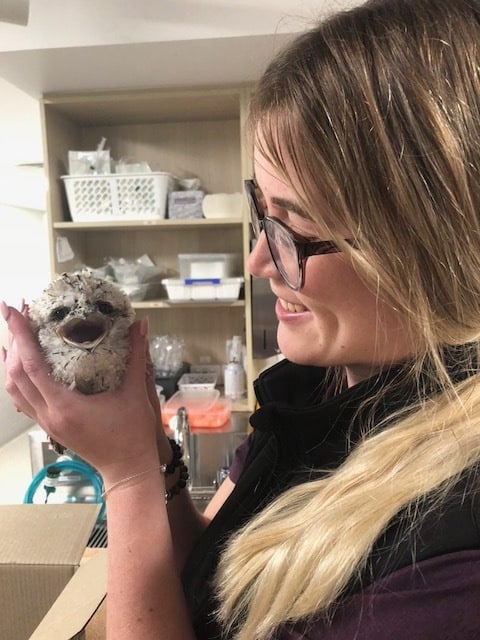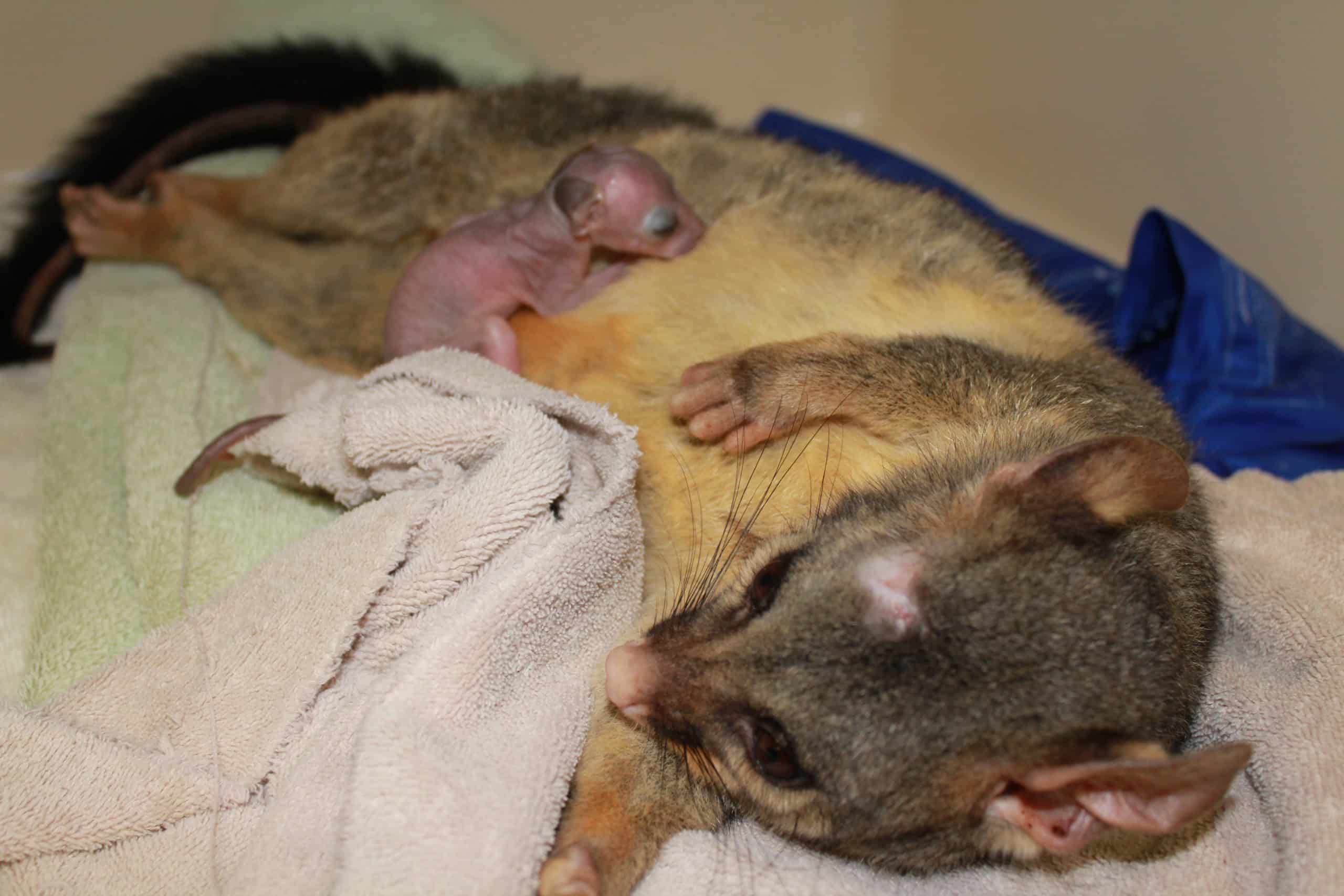As an emergency vet we look after more than just your pets, we often take in injured or orphaned wildlife as well. Some of the most common questions we hear on a daily basis are about when and how wildlife should be brought in and what happens to them after you leave.
What to do if you come across injured wildlife
Safety first
While they may look as cute and cuddly as your pet, wild animals are not used to being handled and may be carrying diseases. Protect yourself from bites and scratches by creating a barrier between you and the animal. You can do this by throwing a towel over the animal and scooping it up. It is never recommended to handle bats, snakes, large kangaroos or any other aggressive or venomous animal as they can cause serious harm. In these cases, call your local council or wildlife organisation.

Check before rescuing
No matter the species, do not offer food or water to any wildlife. All species have very specific diets and feeding them incorrectly or while they are in shock can be fatal.
If there are obvious signs of injury or immediate danger to the animal, it needs to be brought in for care as soon as possible. However, for some animals there are a few extra steps to take before seeking help.
Baby birds

Marsupials
If you have found an adult marsupial such as a kangaroo, possum or wallaby that has already passed away it is important to check her pouch for a joey. Joeys can survive days in the pouch after the mother has died. If there is a joey don’t remove it as this can cause serious damage. Instead, bring the mother and joey together, as you found them. If the mother is too large then call your local council or wildlife care organisation.

Transportation

What happens next
When you arrive at our hospital, one of our vets will give the animal a general health check and provide some pain relief if necessary. If the animal is young or appears malnourished it will be fed the appropriate diet, often by hand. Once stable enough to be transported, a registered wildlife carer will be called to collect the animal for rehabilitation and release back into the area it was found.

If you find injured wildlife, or your pet is ill or injured, visit your closest Animal Emergency Service hospital or your local vet immediately.
